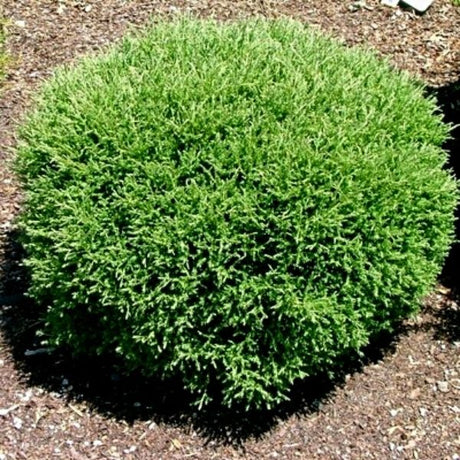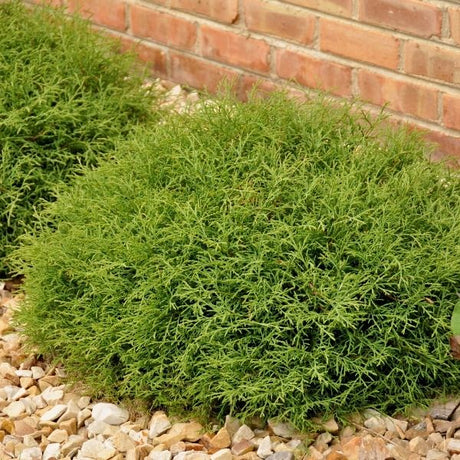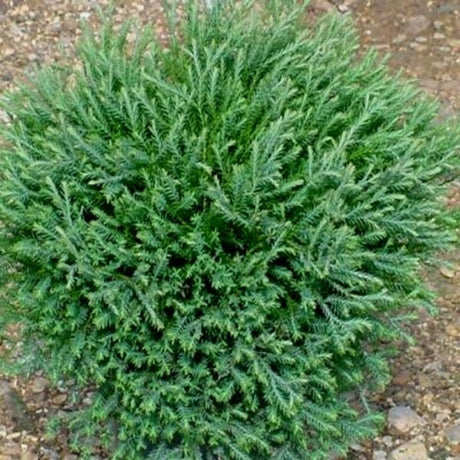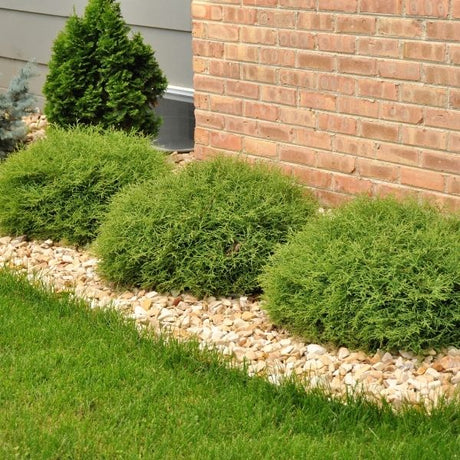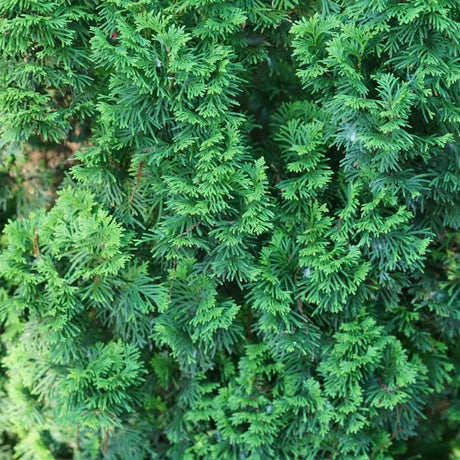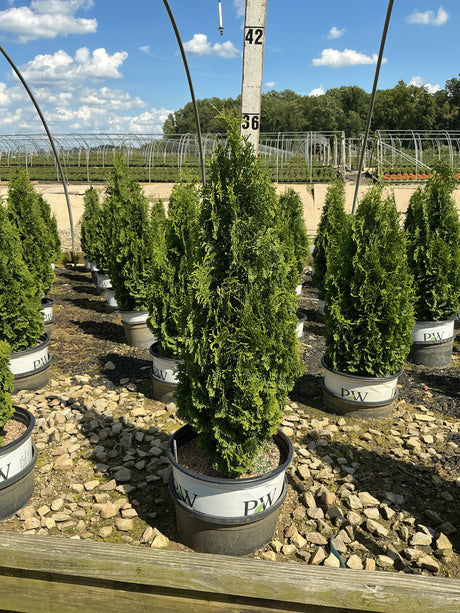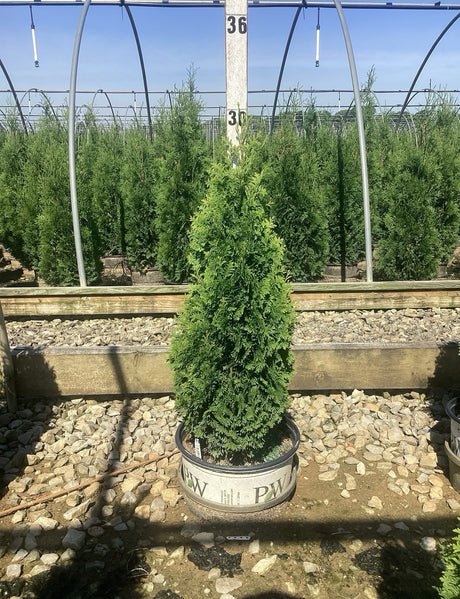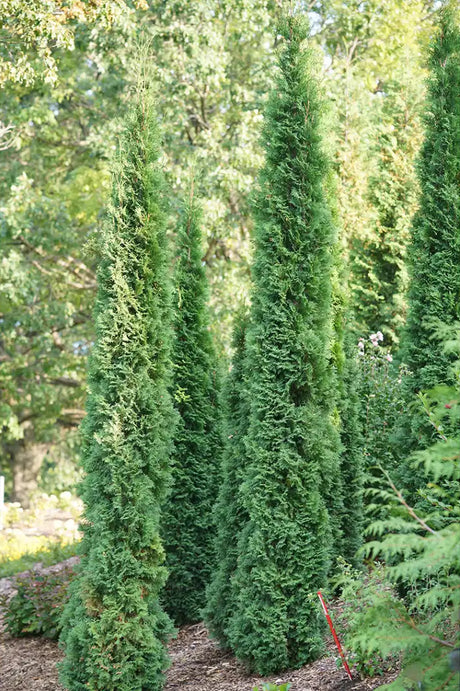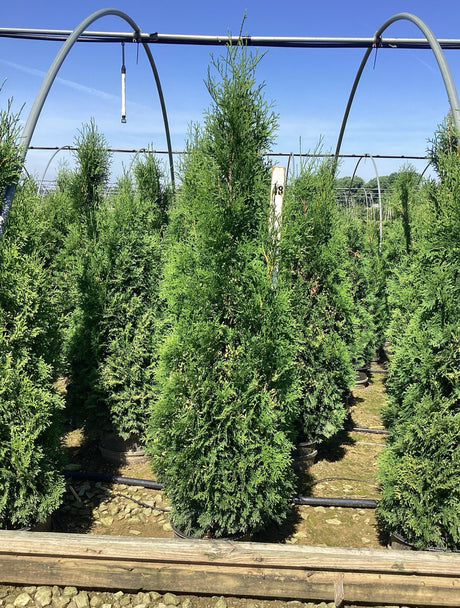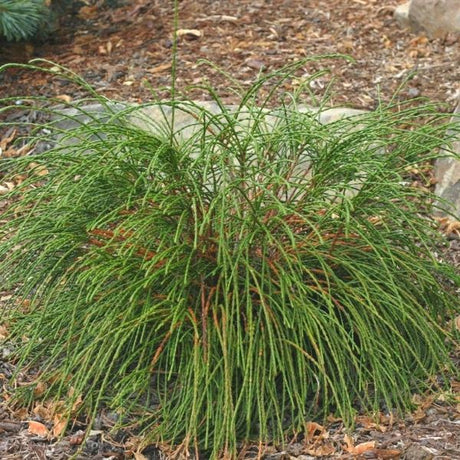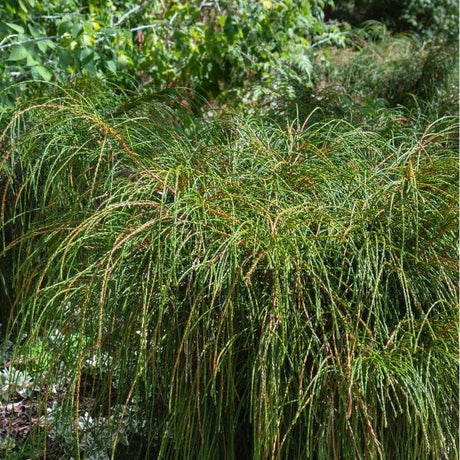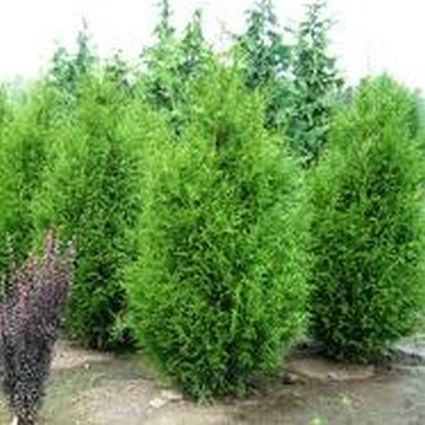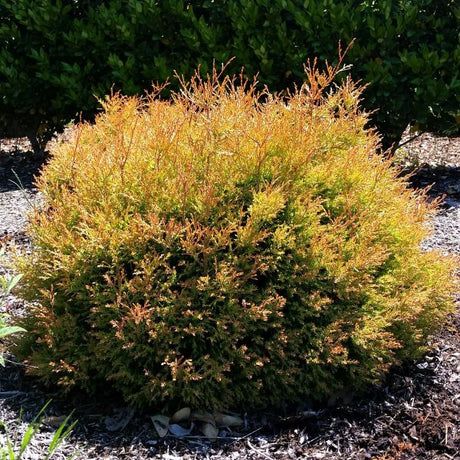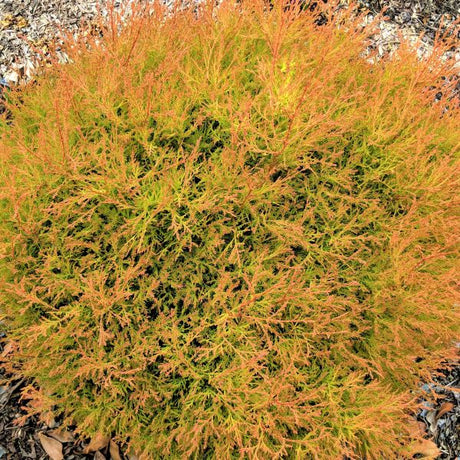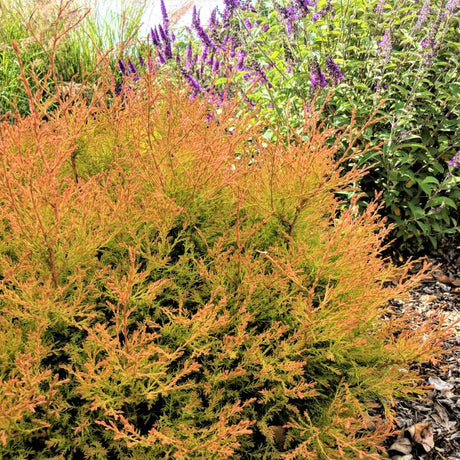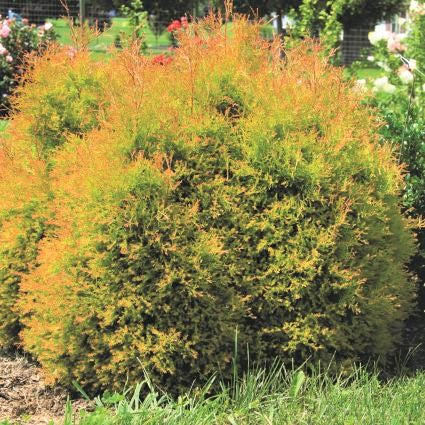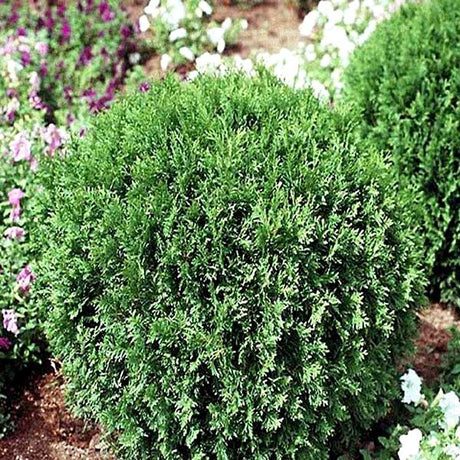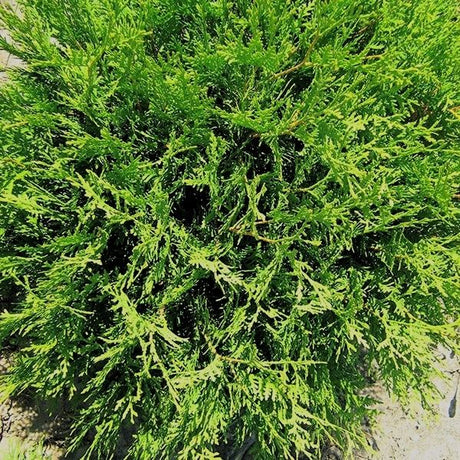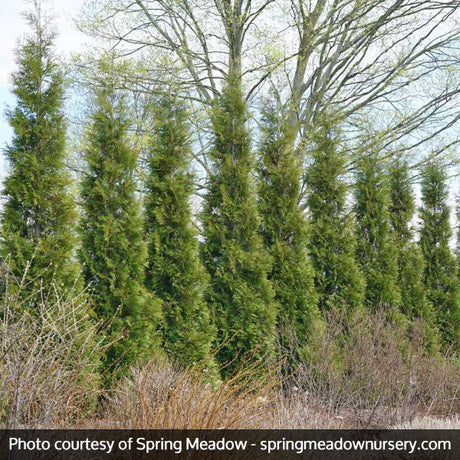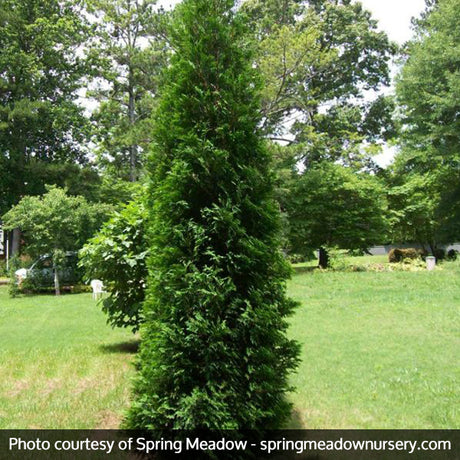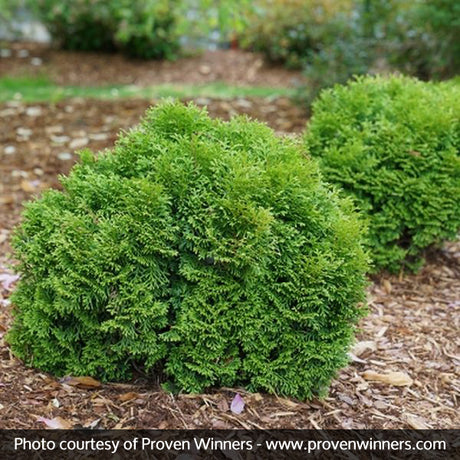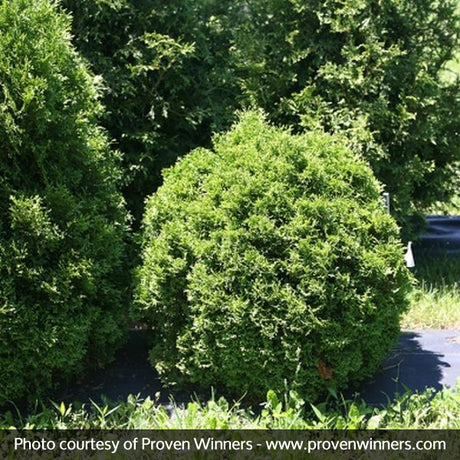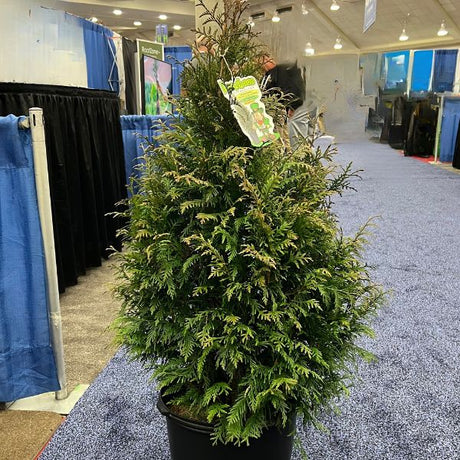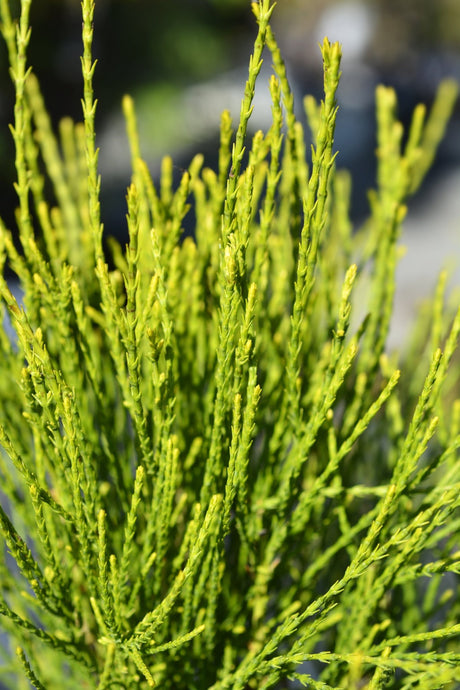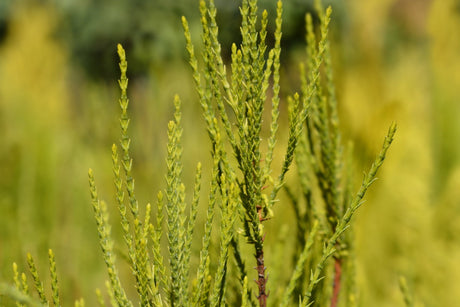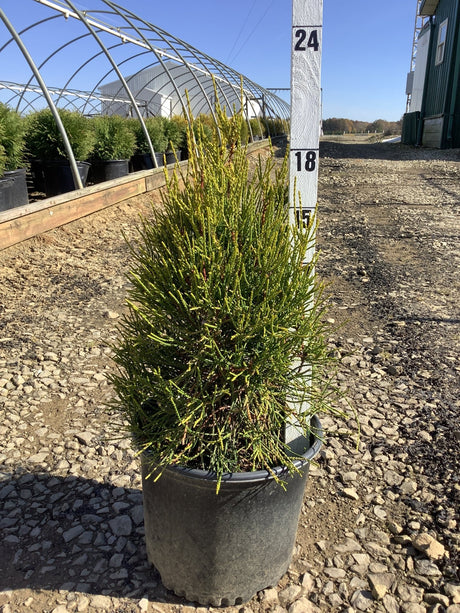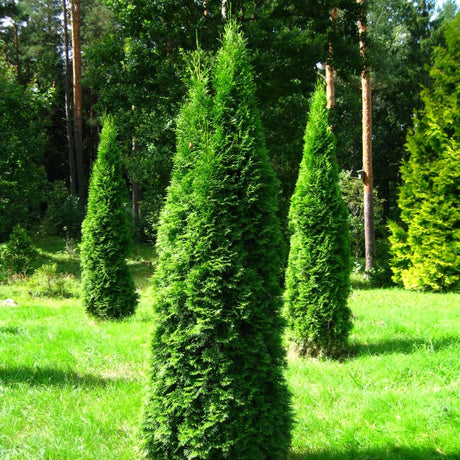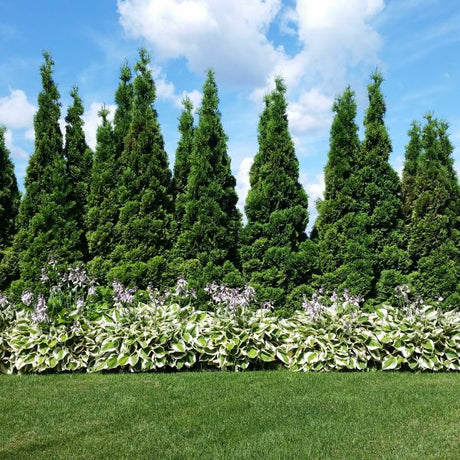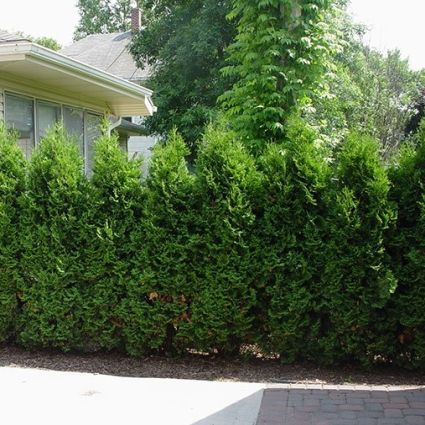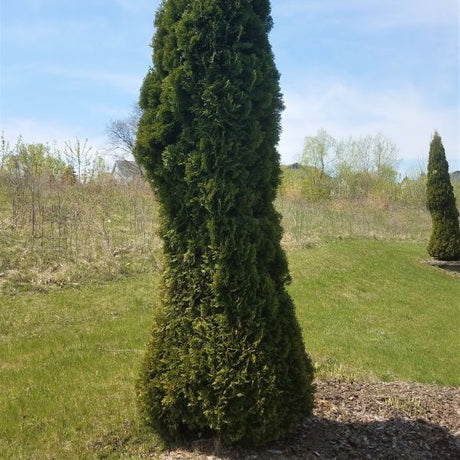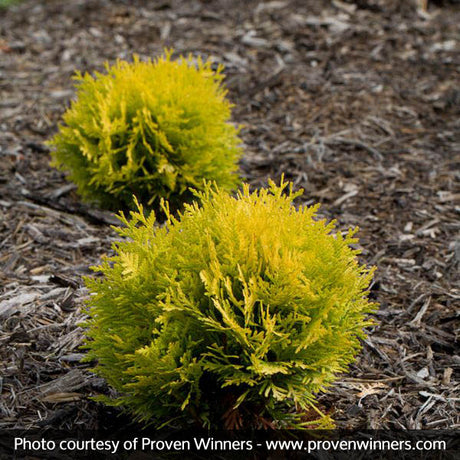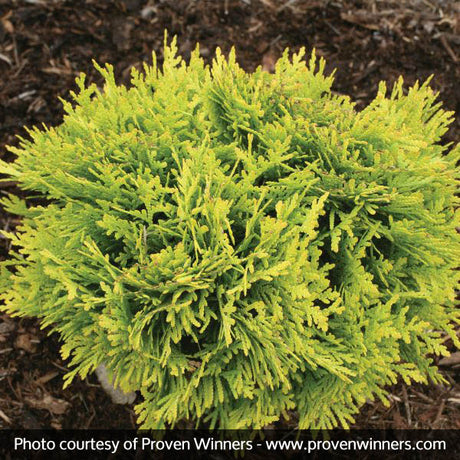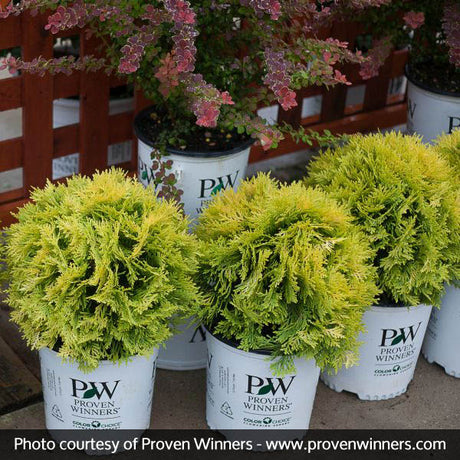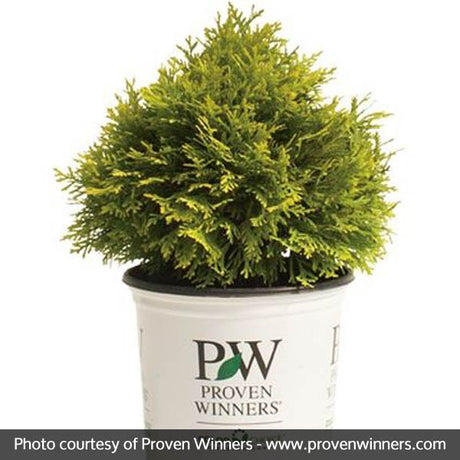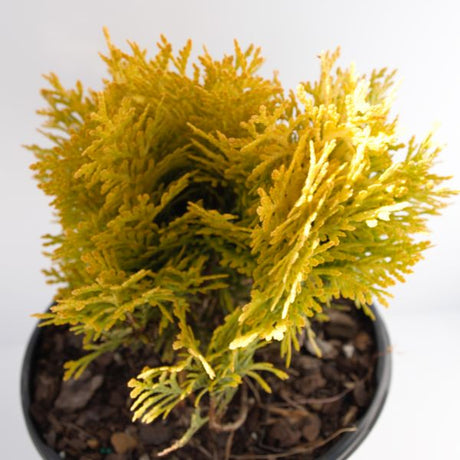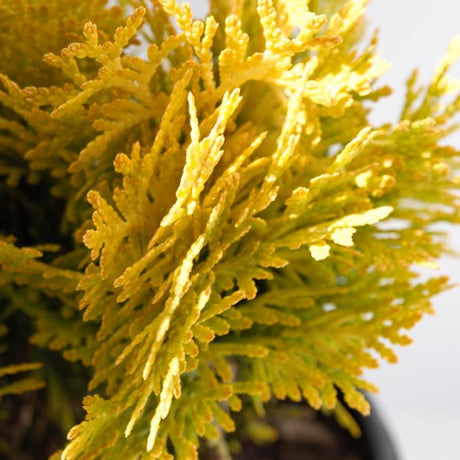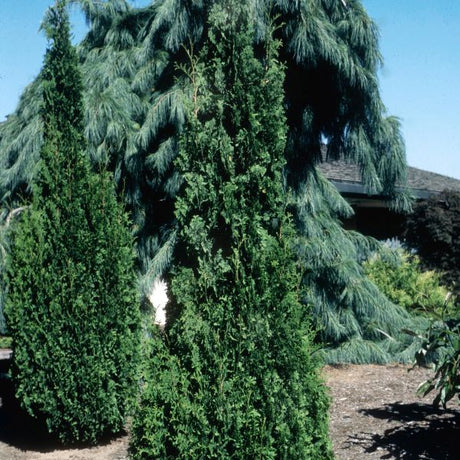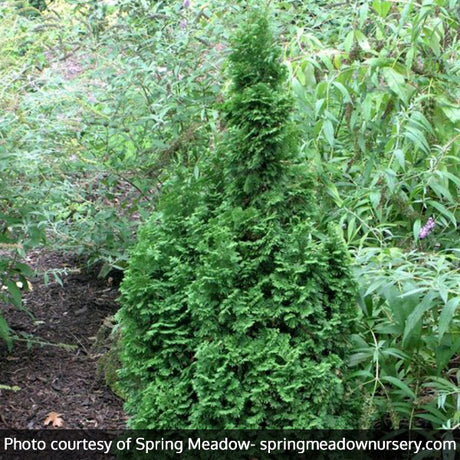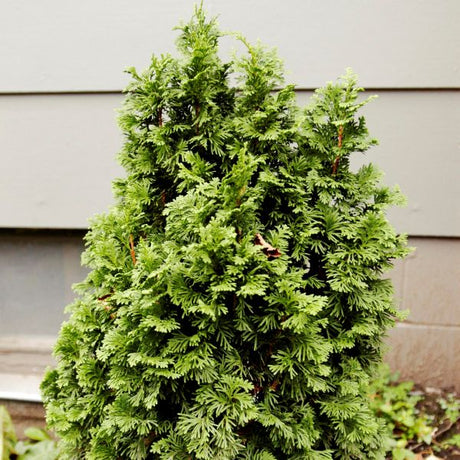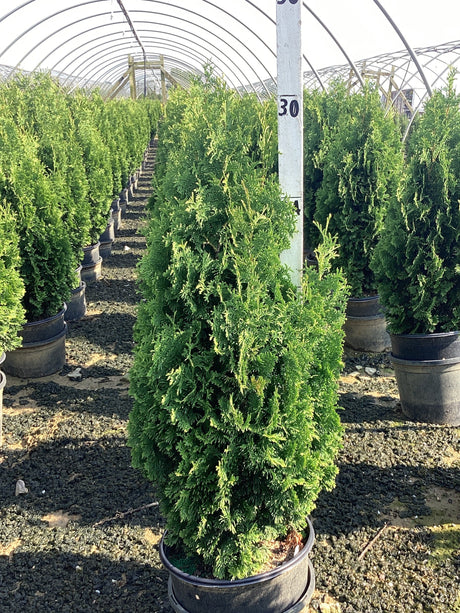- 2% offNew arrivalSale price $6378 Regular price $6538Unit price /Unavailable
- 14% offNew arrivalSale price $8898 Regular price $10400Unit price /Unavailable
- 14% offNew arrival
Full Speed A Hedge® Thin Man® Arborvitae
Sale price $7446 Regular price $8700Unit price /Unavailable - 18% offSale price $5463 Regular price $6696Unit price /Unavailable
- 14% offNew arrivalSale price $6825 Regular price $7941Unit price /Unavailable
- Up to 22% offNew arrivalSale price From $3696 Regular price $4130Unit price /Unavailable
- 15% offNew arrivalSale price $5202 Regular price $6117Unit price /Unavailable
- Up to 3% off
- Up to 4% offSale price From $6829 Regular price $7119Unit price /Unavailable
- Up to 10% offSale price From $7430 Regular price $8261Unit price /Unavailable
- Up to 15% offNew arrivalSale price From $7606 Regular price $8900Unit price /Unavailable
- Up to 15% offNew arrival
Full Speed A Hedge® American Pillar Arborvitae
Sale price From $8601 Regular price $10067Unit price /Unavailable - Up to 15% offNew arrivalSale price From $5431 Regular price $6390Unit price /Unavailable
- Sold outUp to 15% offRegular price From $000Unit price /Unavailable
- Sold outNew arrivalRegular price $6136Unit price /Unavailable
- Regular price $11498Unit price /Unavailable
- Sold outRegular price $12951Unit price /Unavailable
- Sold outNew arrivalRegular price From $3984Unit price /Unavailable
- Regular price $12950Unit price /Unavailable
- Sold outNew arrivalRegular price From $3975Unit price /Unavailable
- Sold outNew arrivalRegular price From $3982Unit price /Unavailable
- Regular price From $2670Unit price /Unavailable
- Sold outNew arrivalRegular price $000Unit price /Unavailable
- Sold outNew arrivalRegular price From $7984Unit price /Unavailable
- Regular price $12100Unit price /Unavailable
- Sold outNew arrivalRegular price $6115Unit price /Unavailable
- Sold outNew arrivalRegular price From $3976Unit price /Unavailable
FAQS for Buying Arborvitae Bushes Online
What are the best uses for Arborvitae shrubs in landscaping?
What are the best uses for Arborvitae shrubs in landscaping?
Arborvitae shrubs are ideal for foundation plantings, low-maintenance hedges, privacy screens, or as formal accent plants. Their evergreen foliage, compact form, and low-maintenance nature make them versatile for year-round structure and beauty in any landscape.
How big do Arborvitae shrub varieties like Tater Tot or Hetz Midget get?
How big do Arborvitae shrub varieties like Tater Tot or Hetz Midget get?
Compact Arborvitae varieties such as Tater Tot grow only about 2 feet wide, while Hetz Midget and Little Giant reach around 3 to 4 feet in height and width. These slow-growing globe forms are perfect for small gardens, borders, or as low hedging.
Do Arborvitae shrubs require pruning to keep their shape?
Do Arborvitae shrubs require pruning to keep their shape?
Most globe-shaped Arborvitae shrubs like Mr. Bowling Ball or Fire Chief naturally maintain their shape without regular pruning. However, you can lightly trim them in spring or early summer if you'd like to maintain a specific size or encourage a denser form.
Are Arborvitae shrubs cold-hardy and low maintenance?
Are Arborvitae shrubs cold-hardy and low maintenance?
Yes, Arborvitae shrubs are exceptionally cold-hardy, thriving in a wide range of USDA zones. They are also pest-resistant, adaptable to various soil types, and require minimal care, making them a favorite among gardeners nationwide.
Why is my Arborvitae shrub turning yellow in the fall?
Why is my Arborvitae shrub turning yellow in the fall?
Yellowing foliage on the inner branches of Arborvitae shrubs in fall is a normal part of the evergreen’s life cycle. These plants naturally shed their oldest interior foliage each year while maintaining vibrant green growth on the outer layers.

